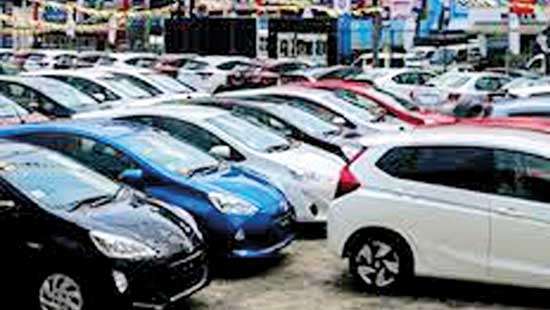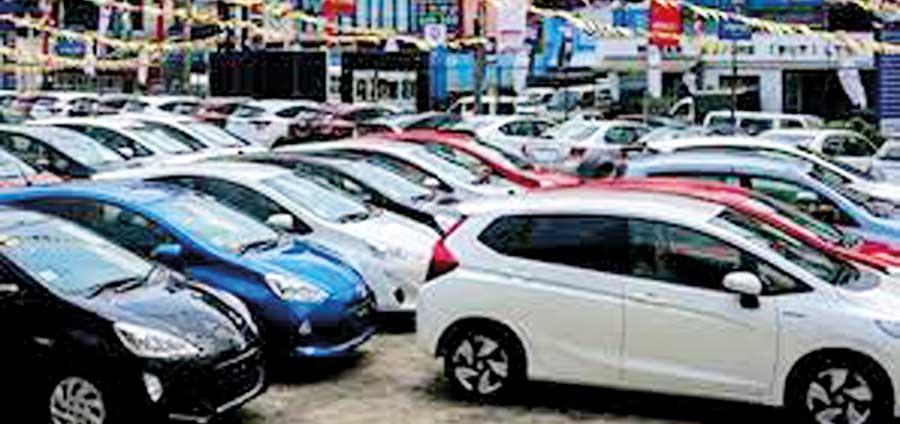Reply To:
Name - Reply Comment


- Customs has collected only Rs.330bn up to May against a full year target of Rs.1, 226bn
- At the current rate, they would be able to collect only Rs.783bn by the end of the year, Customs officials estimate
- Before the ban, vehicle imports on average had brought in about 20% of state revenue
Sri Lanka Customs officials this week told a parliamentary committee that it may not be able to achieve the revenue target set in the budget due to import restrictions slapped on certain categories of goods, predominantly vehicles.
This was communicated by Customs officials to the Parliamentary Committee on Economic and Physical Plans Chaired by MP Mahindananda Aluthgamage during a discussion held on how the Customs Department can contribute Sri Lanka’s economic recovery.
During the discussion it was revealed that Sri Lanka Customs has collected only Rs.330 billion up to May against a full year target of Rs.1, 226 billion.
At the current rate, they would be able to collect only Rs.783 billion by the end of the year, Customs officials estimate.
In response, Committee Chair MP Aluthgamage had said the government would have to take an immediate decision on the ban on vehicle imports.
Before the import bans came into place, vehicle imports on average had brought in about 20 percent of the state revenue, Customs officials had pointed out.
Sri Lanka received its highest tax revenue of Rs.923 billion in 2018 between the 2014-2022 period, and out of that Rs.194 billion came from taxes imposed on vehicle imports.
If the ban on vehicle imports is lifted, Sri Lanka could collect Rs.150 billion in the next six months of the year, the Customs officials had pointed out.
Since April 2022, Sri Lanka had placed import restrictios on over 3,200 products with the country’s foreign exchange buffers coming to near zero level.
The restrictions on vehicle imports however were imposed even before March 2020, when the economy began to show early signs of severe forex shortages.
With the domestic forex situation easing mainly as a result of the debt standstill that was announced in April 2022, the government has been gradually relaxing some of the import bans that were imposed.
But lifting the import restriction on vehicle imports would be a key decision authorities would have to take as in 2019 Sri Lankans spent over US$ 800 million on personal vehicle imports and US$ 1.5 billion in 2018.
As of end May, Sri Lanka’s official foreign reserves are estimated at over US$ 3.5 billion, including a US$ 1.4 billion swap facility with People’s Bank of China, which has conditions on its usability.